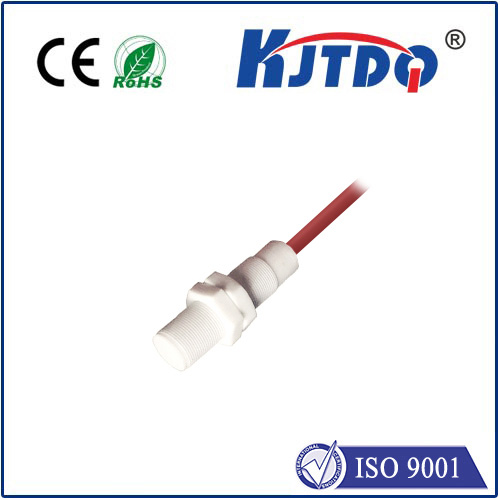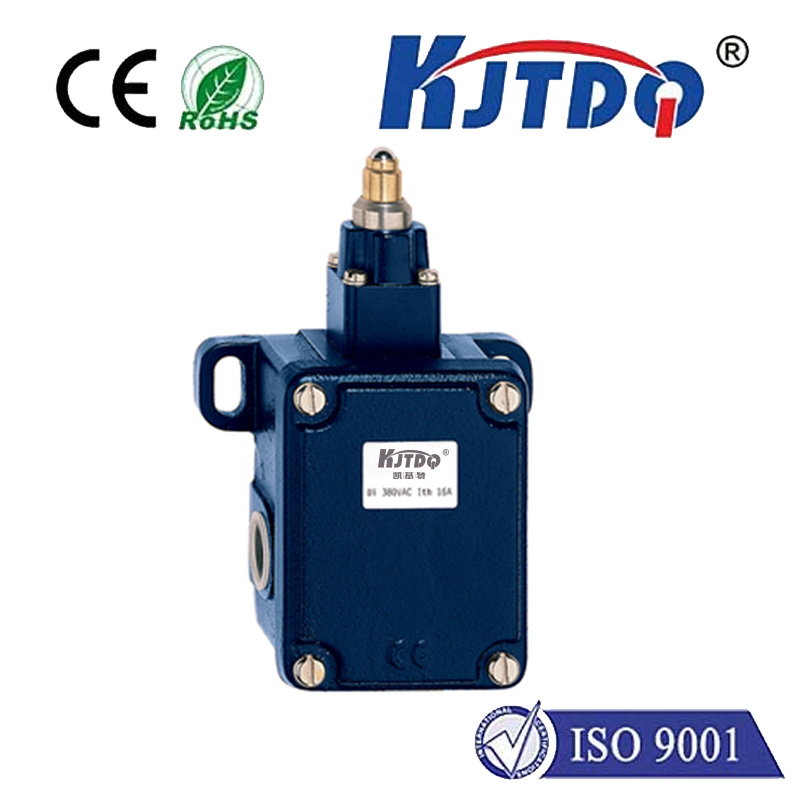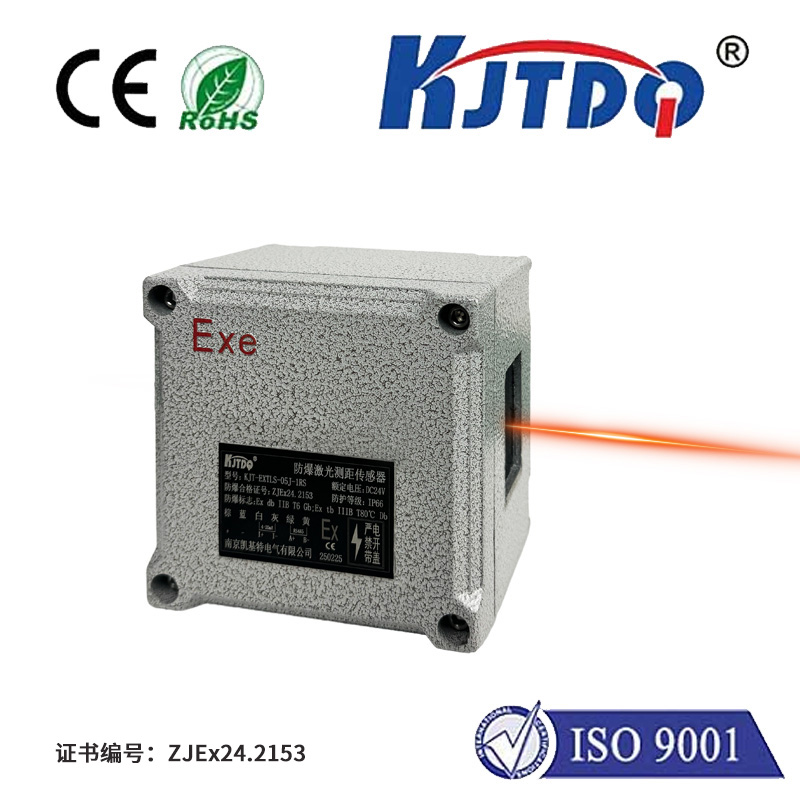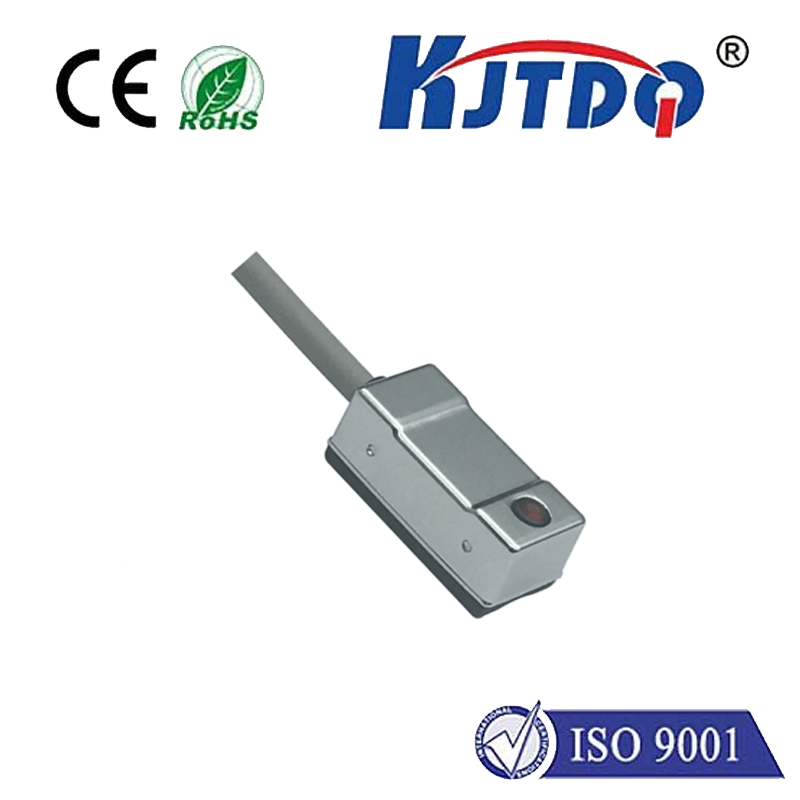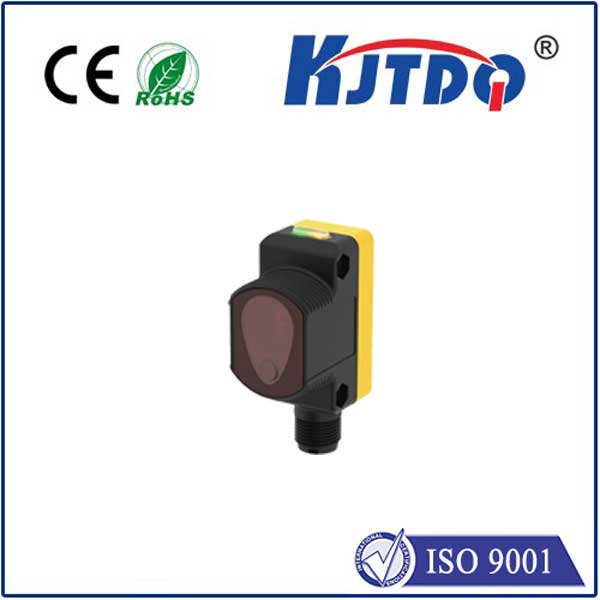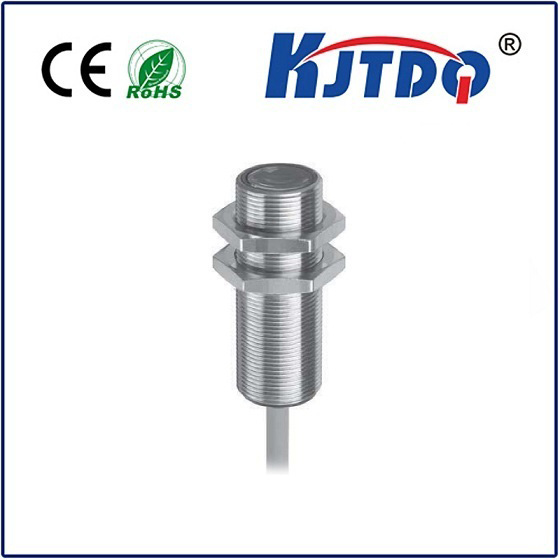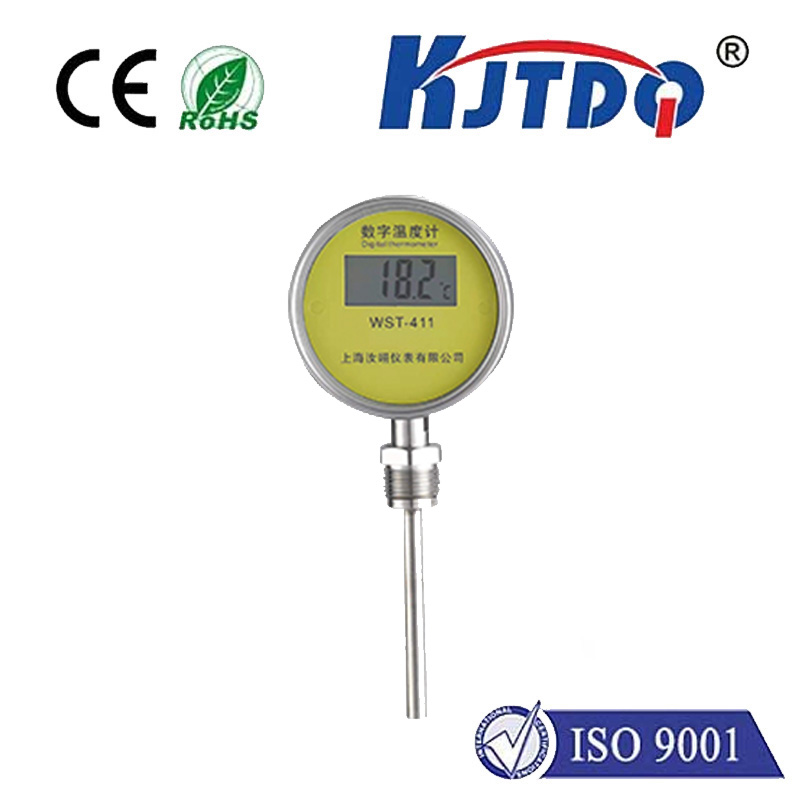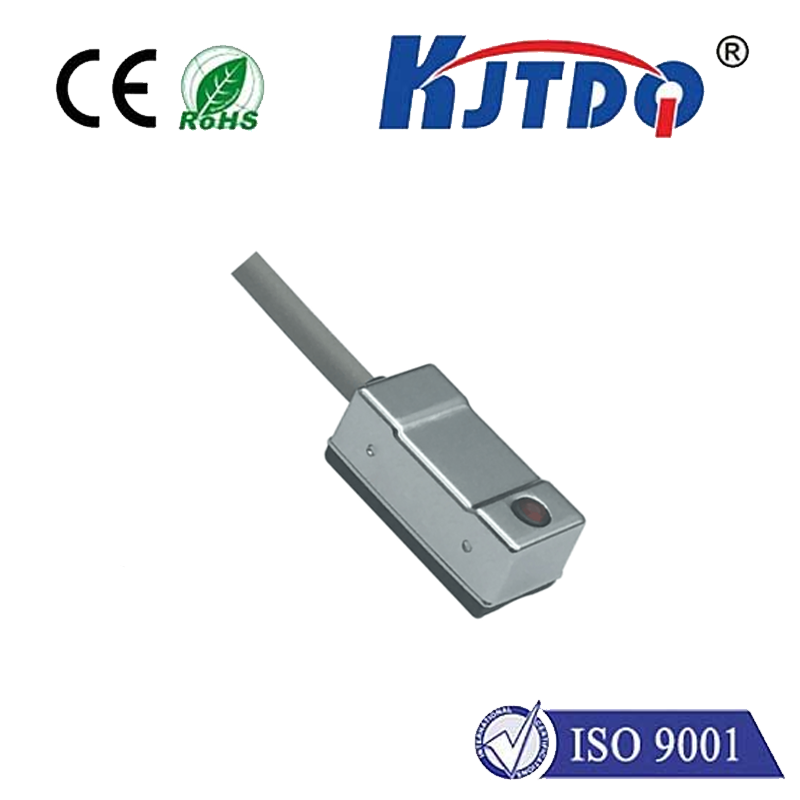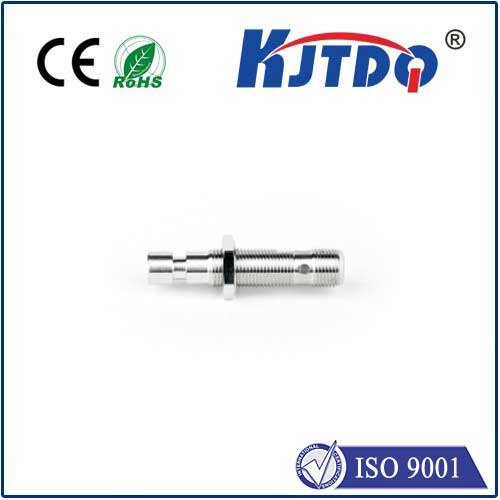

check

check

check

check

check

check

check

check

check

check
4V Photoelectric Sensor: A Revolutionary Device for Automation
The world of automation has been transformed by the advent of photoelectric sensors, and among them, the 24v photoelectric sensor stands out as a revolutionary device. This cutting-edge technology is designed to detect the presence or absence of objects, measuring their distance from the sensor and triggering an output signal accordingly. With its ability to accurately detect objects in a wide range of applications, the 24v photoelectric sensor is rapidly becoming an essential component in the field of automation.
One of the key advantages of the 24v photoelectric sensor is its versatility. It can be used in a variety of industries, including manufacturing, packaging, logistics, and more. Whether it's monitoring the movement of products on a conveyor belt or ensuring that machines are running smoothly, this sensor can handle it all. Its high level of accuracy ensures that errors are kept to a minimum, resulting in increased efficiency and productivity for businesses.

Another benefit of the 24v photoelectric sensor is its ease of integration. These sensors are designed to work seamlessly with existing automation systems, making them easy to install and use. They also offer a wide range of features and options, allowing users to customize their setups to meet their specific needs. Additionally, these sensors are available in both analog and digital versions, providing even more flexibility for users.
In terms of performance, the 24v photoelectric sensor is second to none. Its fast response time and high degree of sensitivity ensure that it can detect objects quickly and accurately, even in challenging environments. This makes it ideal for use in situations where speed and reliability are critical, such as in high-volume production lines or complex machinery operations.
Safety is another important consideration when choosing a photoelectric sensor, and the 24v version delivers on this front as well. Its low-voltage design means that it is inherently safer than higher-voltage alternatives, reducing the risk of electrical shock or fire hazards. Additionally, many 24v photoelectric sensors come equipped with built-in safety features, such as reverse polarity protection and short circuit protection, further enhancing their safety profile.
Finally, the cost-effectiveness of the 24v photoelectric sensor cannot be overlooked. While some other sensor technologies may be more expensive upfront, the long-term savings achieved through increased efficiency and reduced downtime make the 24v photoelectric sensor a wise investment for any business looking to automate processes.
In conclusion, the 24v photoelectric sensor represents a major breakthrough in the field of automation. With its versatility, ease of integration, exceptional performance, safety features, and cost-effectiveness, it is quickly becoming an essential tool for businesses seeking to streamline their operations and stay competitive in today's fast-paced marketplace. As technology continues to evolve, it is likely that we will see even more advanced versions of this groundbreaking device emerge, further revolutionizing the way we approach automation.
